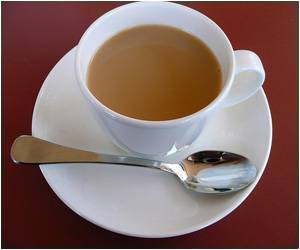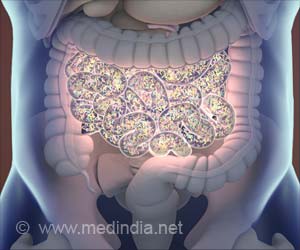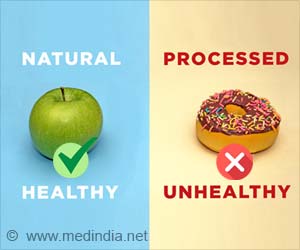
This unrealistic portrayal of images in fashion magazines could be spurring an unhealthy trend among common people, who may often compare themselves against these picture perfect models and celebrities.
This has led feminist legislators in Britain, Norway and France to ask for labeling of digitally altered photos. Recently, the American Medical Association developed a policy on body image and advertising condemning the practice of altering photographs especially when it can encourage unrealistic expectations of body image.
Now, researchers are working on a software which can measure the extent of modification done on fashion and beauty photos. Once this is known, readers and viewers can benefit from a realistic portrayal of pictures which is bound to make a difference in the lives of those suffering from anxiety and eating disorders.
Source-Medindia








